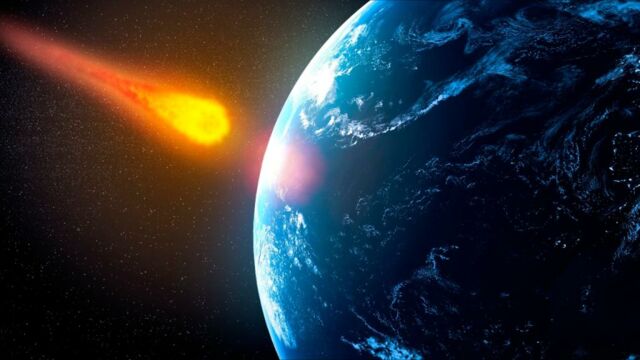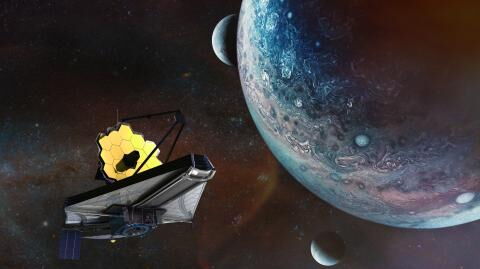Specializing in remote sensing, ERS-2, a European Space Agency (ESA) satellite launched in 1995, will return to Earth and burn up in its atmosphere in February.
Discover our latest podcast
Not all satellites die free and equal. In order to limit the amount of space debris, space agencies 'de-orbit' those that are close to the Earth, so that they disintegrate on contact with its atmosphere. This is what will happen to ERS-2, an ESA satellite that has successfully completed its mission.
De-orbiting started in 2011
Space is all about patience. Missions, programs and launches are planned years, even decades in advance. The ERS-2 observation satellite was launched many years ago, and ESA is proud of its efficiency. In a press release, the agency explains:
Throughout its 16 years of active life, Europe's second remote sensing satellite, ERS-2, has delivered a wealth of information that has revolutionized our view of our planet and our understanding of climate change.
But satellites, unlike diamonds, are not eternal. So, in 2011, ERS-2 began a deorbiting process that will bear fruit over the next few days.
Does the return of ERS-2 pose a threat to us?
Naturally, astronomers leave little to chance. According to their estimates, ERS-2 will collide with our atmosphere in mid-February. The 2294 kg satellite is expected to burn up and, at worst, split into fragments during this fatal descent. ESA points out that these fragments will be neither toxic nor radioactive, and have a very good chance of falling into the ocean.
It should be noted that it's not TOTALLY impossible for a human being to be hit by a satellite remnant... but ESA is reassuring:
The annual risk of a human being being being injured by space debris is less than 1 in 100 billion.
#MediaInvitation: Teams at ESA ESOC in Germany are monitoring the natural reentry of the ERS-2 satellite. Journalists are invited to an online briefing on 13 February to learn more about the spacecraft’s reentry, operations and ESA’s efforts to ensure a sustainable future of… pic.twitter.com/7cXUA4DhrJ
— ESA (@esa) February 8, 2024
Read more:
⋙ Astronauts may no longer be able to go into space for this concerning reason
⋙ Space Pollution: Could the debris surrounding the planet cause a collision in the future?
⋙ Here's what happens to your body during a trip to space
This article has been translated from Gentside FR.
Sources used:
European Space Agency: Le satellite défunt ERS-2 va effectuer sa rentrée atmosphérique
ESA: ERS-2 REENTRY – FREQUENTLY ASKED QUESTIONS















